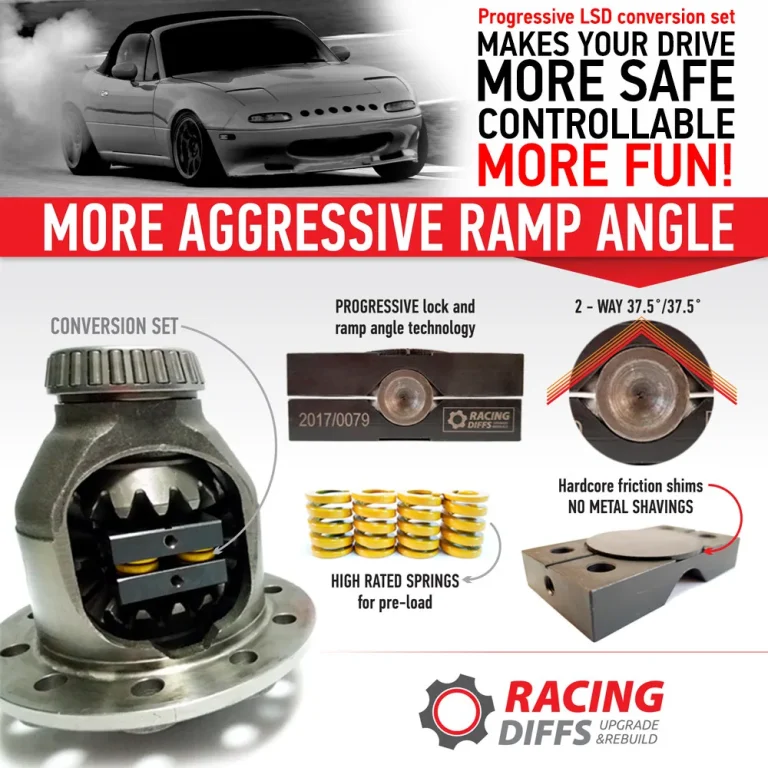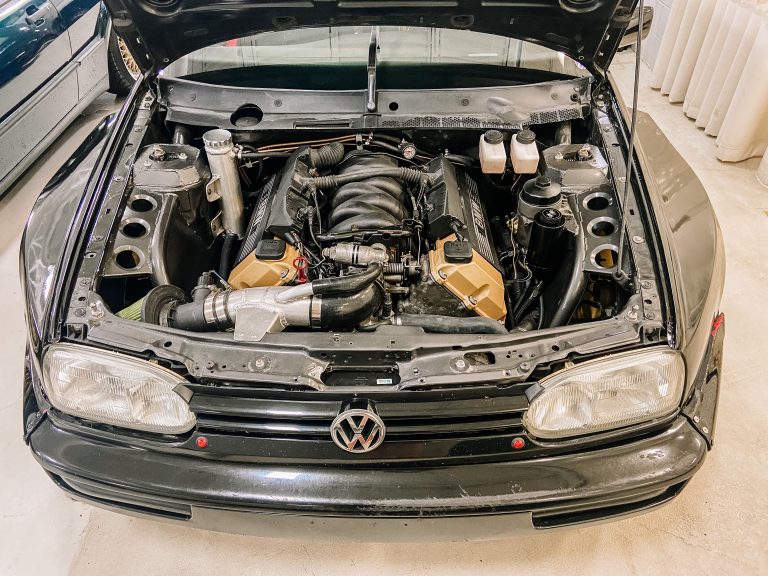Drifting has long been a popular motorsport technique that requires drivers to intentionally oversteer, causing loss of traction in the rear wheels while maintaining control. It’s an exhilarating and visually impressive skill, often associated with rear-wheel drive (RWD) vehicles. However, with the rise in popularity of all-wheel drive (AWD) vehicles, a common question arises: Can you drift an AWD?
Dispelling the Myth
There’s a prevailing myth that AWD vehicles are unable to drift because the power distribution among all four wheels provides too much stability. While it is true that AWD systems are designed to optimize traction and stability, it is indeed possible to drift an AWD vehicle with the right techniques and conditions.
Understanding AWD Systems
To comprehend the potential for drifting in an AWD vehicle, it’s important to understand how AWD systems work. Unlike front-wheel drive (FWD) or RWD vehicles, which respectively power either the front or rear wheels, AWD vehicles can distribute power to all four wheels. Some AWD systems operate primarily in front-wheel drive mode until slip is detected, at which point power is redirected to the rear wheels. Others may distribute power variably between the front and rear wheels at all times.
Moreover, modern AWD systems often employ electronic controls and sensors to monitor wheel slip, steering angle, and other factors to optimize power distribution in real time. This advanced technology has led to improved handling and performance in AWD vehicles, sometimes blurring the lines between traction and oversteer.
The Techniques
Successfully drifting an AWD vehicle requires a nuanced approach compared to drifting a RWD car. Here are some key techniques and considerations:
Power Oversteer
While RWD vehicles rely on transferring the weight to the rear wheels and applying excess power to induce oversteer, AWD vehicles may require a combination of throttle modulation and steering input to achieve a similar effect. The distribution of power among all four wheels means that initiating and maintaining a drift in an AWD car demands precise control and timing.
Weight Transfer
Understanding weight transfer is crucial in drifting any vehicle. In an AWD car, the distribution of power can affect weight transfer differently than in a RWD vehicle. This means that drivers need to adapt their techniques to account for the nuanced behavior of AWD systems.
The Role of Technology
As mentioned earlier, many modern AWD vehicles are equipped with sophisticated electronic stability control (ESC) and torque vectoring systems. While these technologies are primarily designed to enhance traction and stability during everyday driving, they can also influence the dynamics of drifting. Understanding how these systems interact with the vehicle’s behavior is vital for those looking to drift an AWD car safely and effectively.

Credit: www.thercracer.com
Choosing the Right AWD Vehicle
Not all AWD vehicles are created equal when it comes to drifting. Some AWD systems are more rear-biased, meaning they send a greater proportion of power to the rear wheels under normal driving conditions. This rear bias can make it easier to initiate and maintain a drift. Additionally, certain sports-oriented AWD cars are specifically engineered to accommodate controlled drifts, often featuring customizable performance settings that allow drivers to adjust power distribution and handling characteristics.
The Verdict
So, can you drift an AWD? The answer is a resounding yes, albeit with a different approach and understanding of the vehicle’s dynamics compared to drifting a RWD car. With the right techniques, a suitable AWD vehicle, and an appropriate environment, drivers can indeed perform controlled drifts in an AWD car.
It’s essential to note that drifting, regardless of the drivetrain configuration, should always be practiced in a safe and controlled environment, such as a designated motorsport facility or track, away from public roads and pedestrians.
Conclusion
As automotive technology continues to evolve, the capabilities of AWD systems and their potential for performance driving, including drifting, are increasingly recognized. With the right skills and understanding, enthusiasts can push the boundaries of what was once thought possible with AWD vehicles, experiencing the excitement and thrill of controlled oversteer in a new light.






